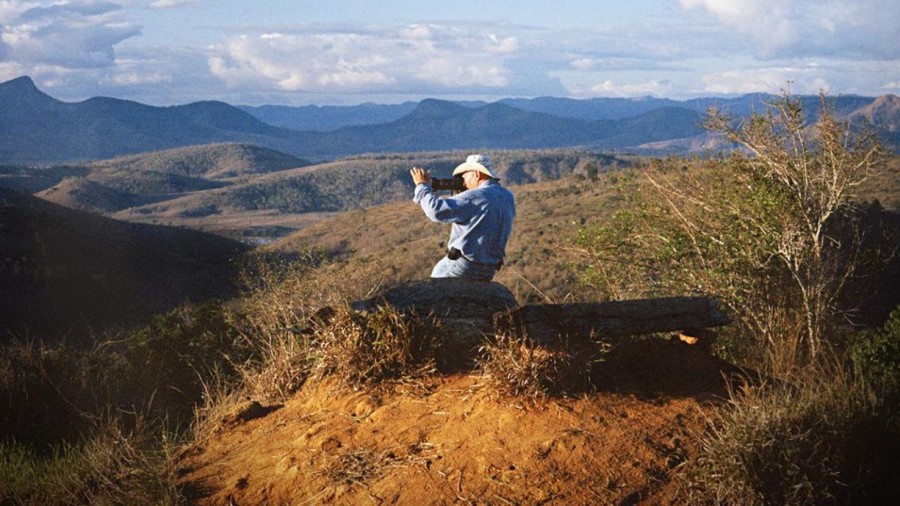
This past Saturday, the husband and I stumbled upon an independent film at the Landmark that was so beautiful and so thought provoking; I just had to pass it on. We were looking forward to our traditional independent movie house visit for a creative jolt and inspiration for our own works in progress. So we thought it fitting to go check out the life and work of Sebastiao Salgado, a Brazilian photographer who has captured some of the world’s most horrible human tragedies and triumphs of earth’s nature over a career spanning more than 40 years. A really great review of the movie is up on the Tribune’s site.
What I found most shocking about this movie was the extreme transparency of death his lens conveyed in areas like Rwanda, the Congo, places Salgado had traveled to over and over again for love of the country and to document the terror that took place years ago. His pictures, which in addition to being visually arresting also served as social commentary, were seen around the world. His goal was likely to provoke action and help for these people in distress, dying by the thousands each day. And while some action did happen, this process by the artist of documenting these atrocities hardened him to humanity. He declared humans are all violent and shared that he often wept after putting down his camera lens to capture the pictures telling the stories of these people’s destruction.
These images were awful to look at. At one point during the photos shown of the Rwandan conflict, I contemplated getting up and leaving for a moment because I was having a deep emotional reaction. But then, Salgado is onscreen explaining in subtitled Portuguese that we need to look at these photos, no matter how horrible they are. To know that this is happening in our world.
I stayed in my seat and let these photos shake me awake. “Up you wake, up you wake,” I heard in my head in Lawrence Fishburne’s voice from the movie “School Daze.” I left the theater thinking about the power of written and visual storytelling. How art can move us toward or away from certain paths. To make us think about how we improve our lives and the lives of others. And in the end, there is still hope, rebirth and renewal for all of us, the salt of this earth.
Leave a Reply